Month: July 2015
-
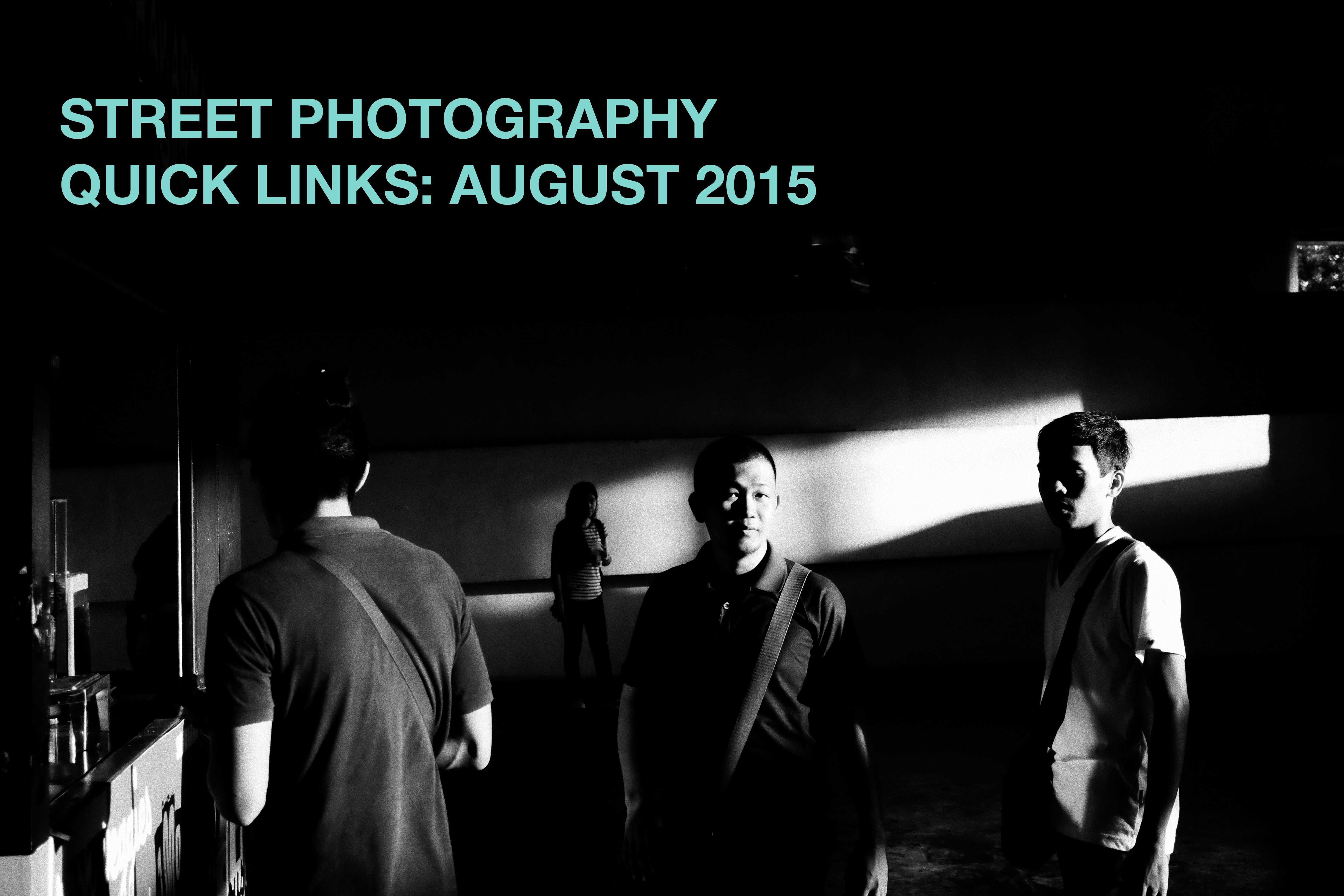
Street Photography Quick Links: July 2015
Street Photography Quick Links is a compilation of Links, Projects, News, Videos, Events, or anything that is related to street photography or photography in particular that I have personally consumed. Perhaps these might interest you or make you think. If you want to send some links my way, details will be at the post below.
-
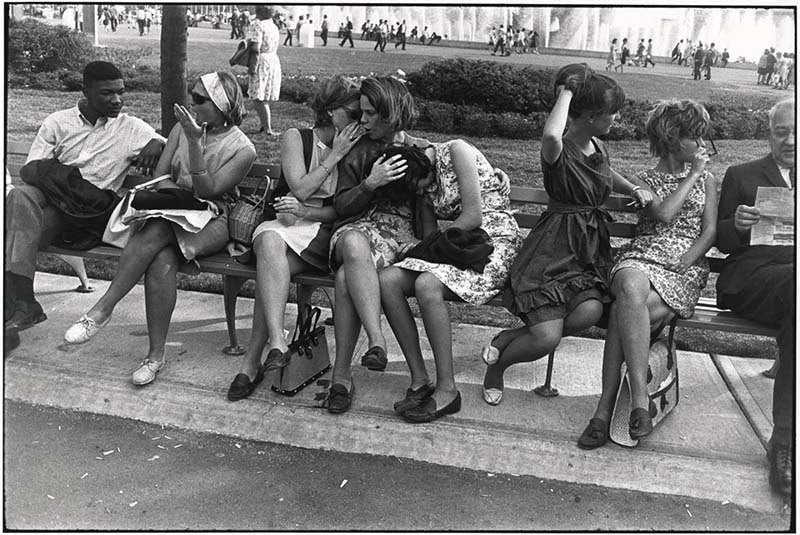
Learn From the Masters: Lesson #3 Don’t Shoot From the Hip
“I never shoot without using the viewfinder.” – Garry Winogrand Another common mistake that aspiring street photographers make is that they try to overcome their fear of shooting street photography by shooting from the hip (photographing with your camera at waist-level and not looking through the viewfinder). Personally when I started shooting street photography, I…
-
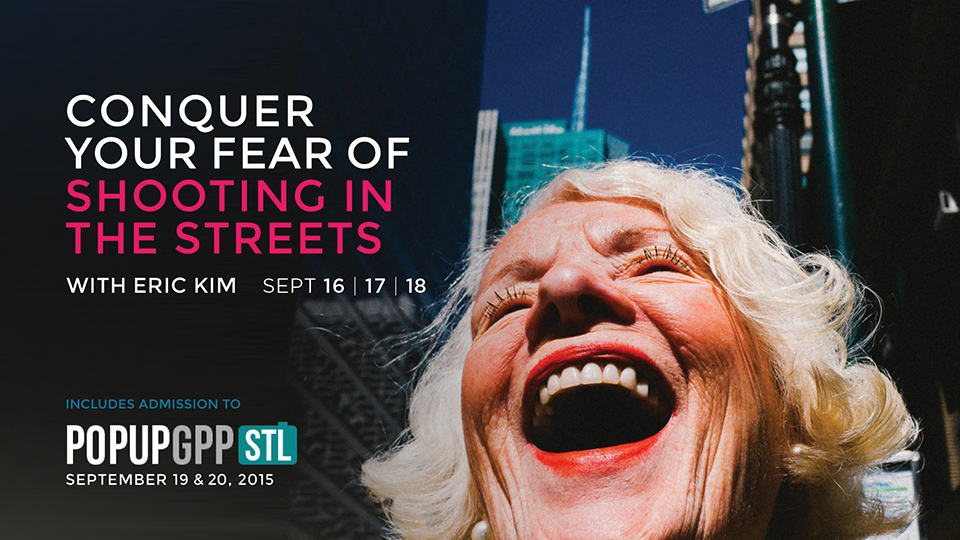
Join Me at PopUp GPP Seattle for a Special “Conquer Your Fear of Shooting in the Streets” Workshop (September 16-18th, 2015)
Hey streettogs, I am excited to announce I will be teaching my popular “Introduction to Street Photography Workshop” in Seattle (September 16-18, 2015) hosted by Gulf Photo Plus as part of their PopUp GPP Seattle event! For those of you who have never heard of “Gulf Photo Plus”, it is the most happening photography educational center in…
-
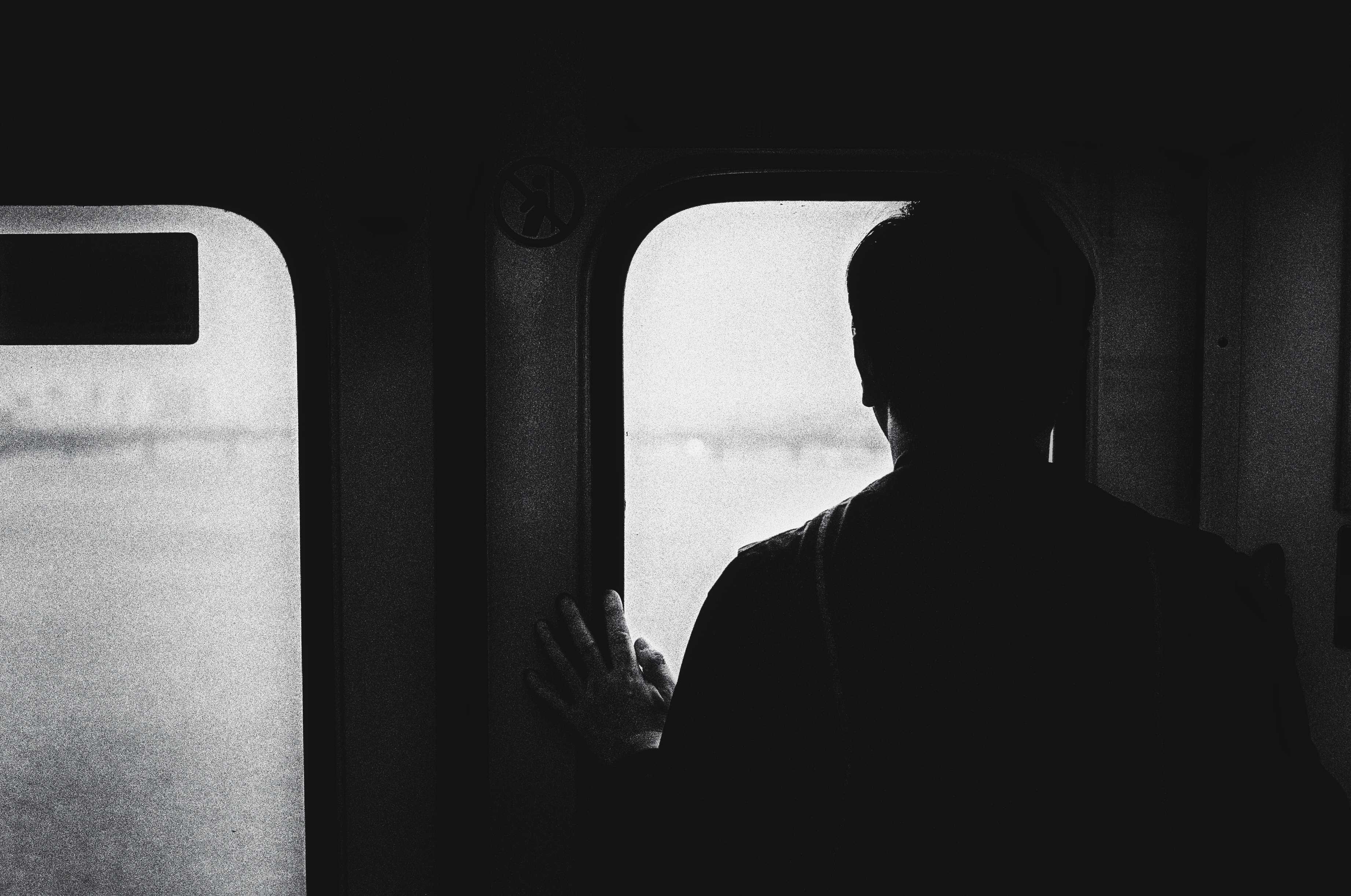
“Letters from a Recovering Camera Addict” Step 1: Admission
This article is written by Josh White, originally posted here. The views posted here are his and his alone and may or may not be shared by the website as a whole ;) Hi. My name is Josh and I’m an addict. No, I never did drugs. I don’t smoke. I hardly even drink. I’m addicted…
-

Streettogs Academy Assignment No. 13
Let’s just jump to the next assignment. I think this one is going to be fun because there are two ways to approach this one:
-
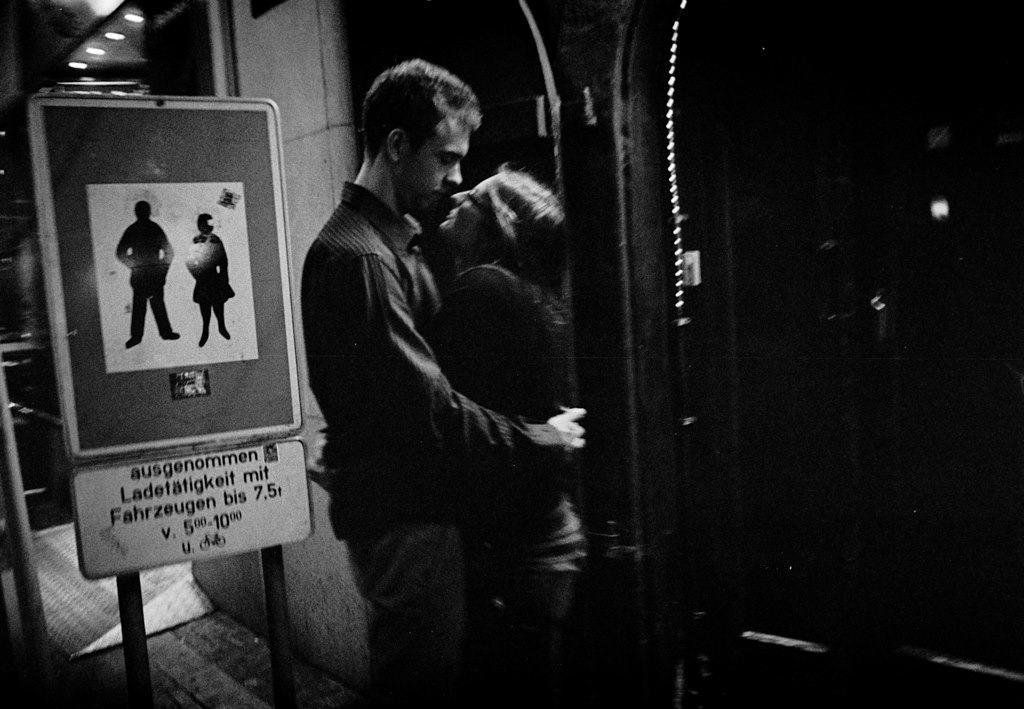
Streettogs Academy No. 12 “Love” Results and Analysis
(Cover photo by Assignment No. 12 Community’s choice Forrest Walker) All the things we do are best done when you love what you are doing. This is an emotion natural to all of us that is open to a lot of possibilities and executions. With that said, here are some of the best of the…
-
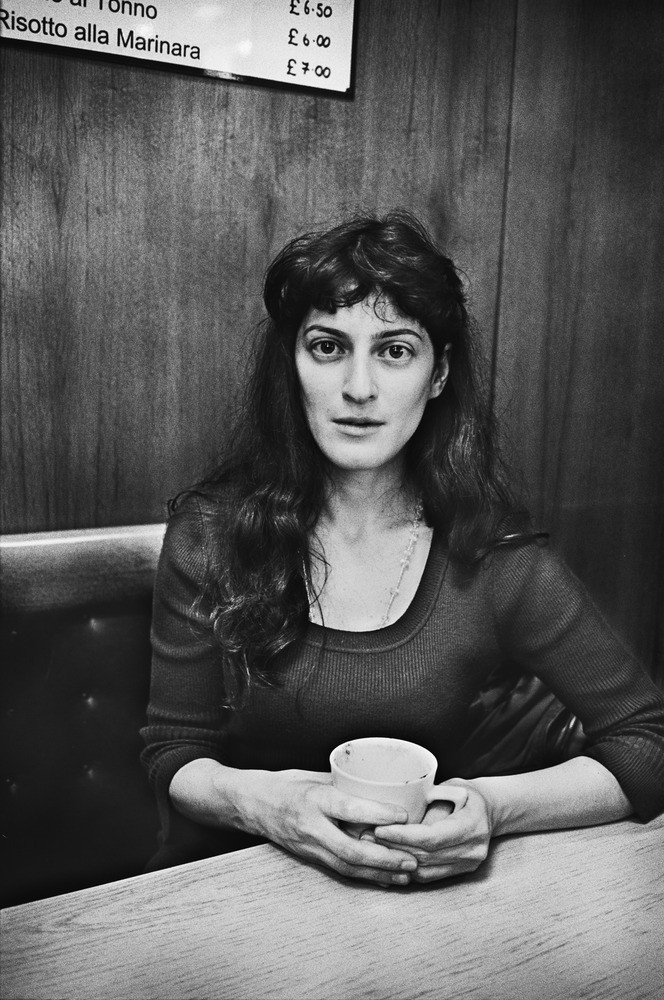
Learn From the Masters: Lesson #2 Shoot From the Gut
“My photography is not ‘brain photography’. I put my brain under the pillow when I shoot. I shoot with my heart and with my stomach.” – Anders Petersen Anders Petersen is one of the most influential contemporary master photographers. He shoots with a simple point-and-shoot film camera (Contax T3) and shoots soulful black and white…
-

The Street Photography 2015 Contest: Get Your Work Published In A Book Curated by Colin Westerbeck (UPDATE: Deadline Extended to Aug. 25)
UPDATE: Deadline extended until AUGUST 25, 2015! You’ve read that right! Colin Westerbeck, acclaimed curator and author of the book, Bystander: A brief history of Street Photography together with Acuity press and PDN are looking for your best work to be part of a book that will showcase the current practice of street photography. It will be…
-
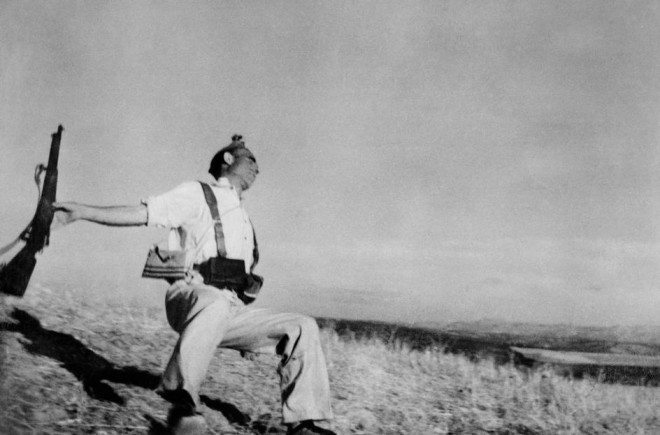
Learn From the Masters: Lesson #1 Get Closer
Hey streettogs, I’m starting a new book on a distillation of all the “Learn from the Masters” articles I’ve written. I hope these daily lessons can inspire you, I know they inspired me! — “If your photographs aren’t good enough, you’re not close enough.” – Robert Capa One of the common mistakes that many beginning…
-
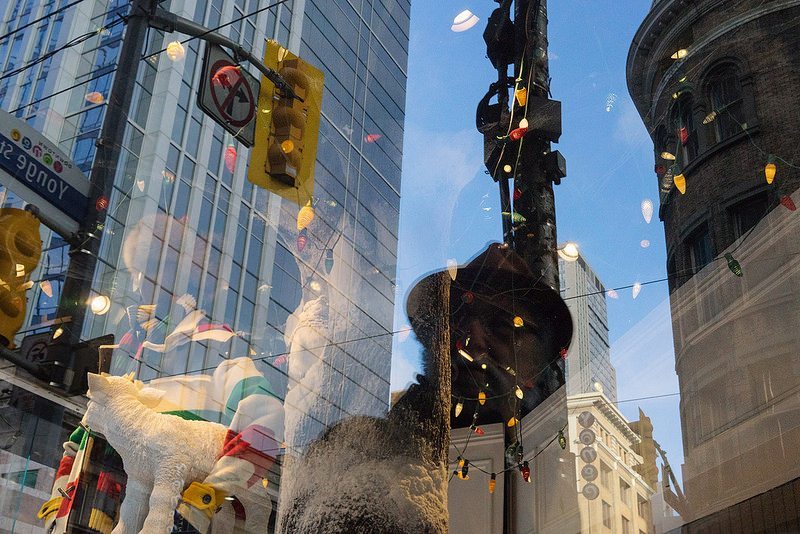
Of Raising Dogs And Pursuing Reflections: An Interview With Siri Thompson
(Interview by A.g. De Mesa. All photos by Siri Thompson) Siri Thompson is a photographer based in Toronto, Canada. She constantly photographs her city in a manner inspired by her photographic heroes while putting her own unique twist. Siri also has a soft place in her heart for animals. Her photos feature a lot of imagination…
-
How to Overcome Excuses in Street Photography
Bercy Park / Paris, 2015 A photo posted by Eric Kim (@erickimphoto) on Jun 25, 2015 at 3:16pm PDT Getting my laptop stolen recently has been the best thing that happened to me recently. Let me explain why. Not having a laptop the last week, I’ve been making all these excuses not to blog and…
-
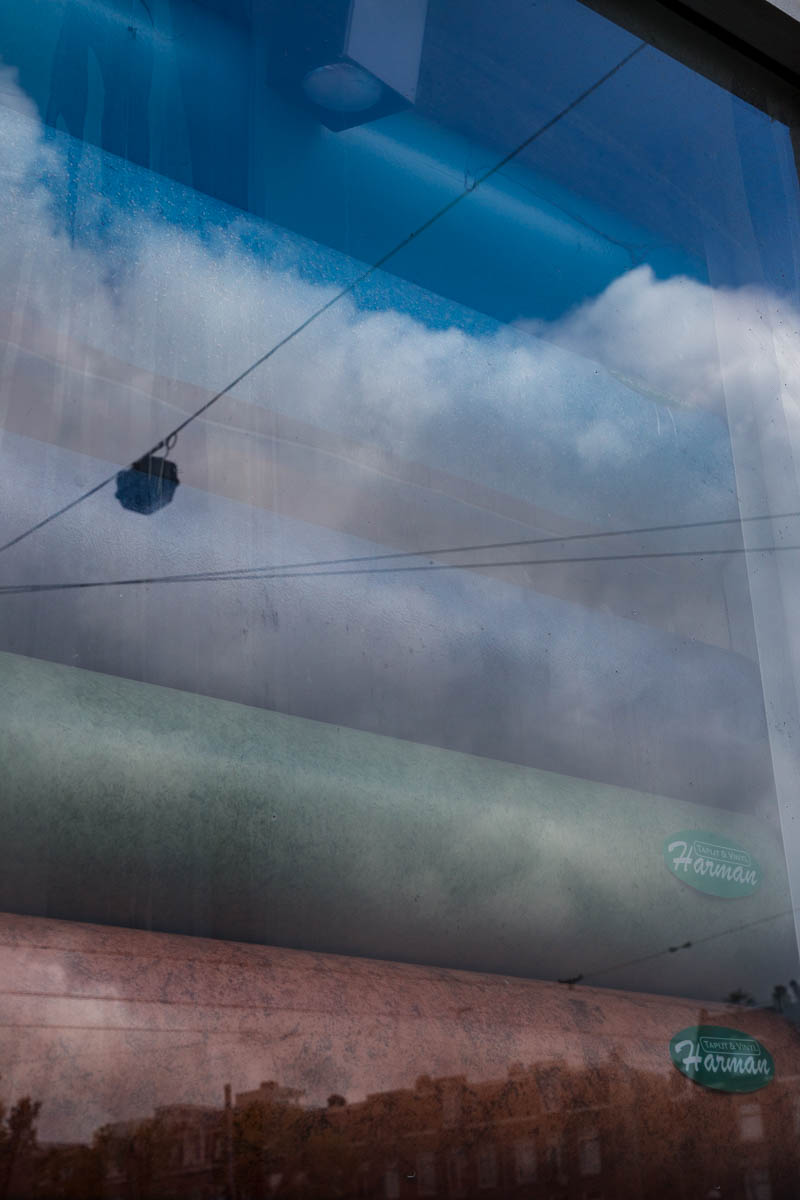
Creative Constraints are Freedom: Abstract Street Photography by Maarten Rots
Restricting to open up. How less can be more when going out to shoot. I am strongly convinced that creating restrictions leads to more freedom and development when it comes to creativity. This may sound very counterintuitive but I have experiences to back up my claims. I just finished an intense week of photographing which…
-
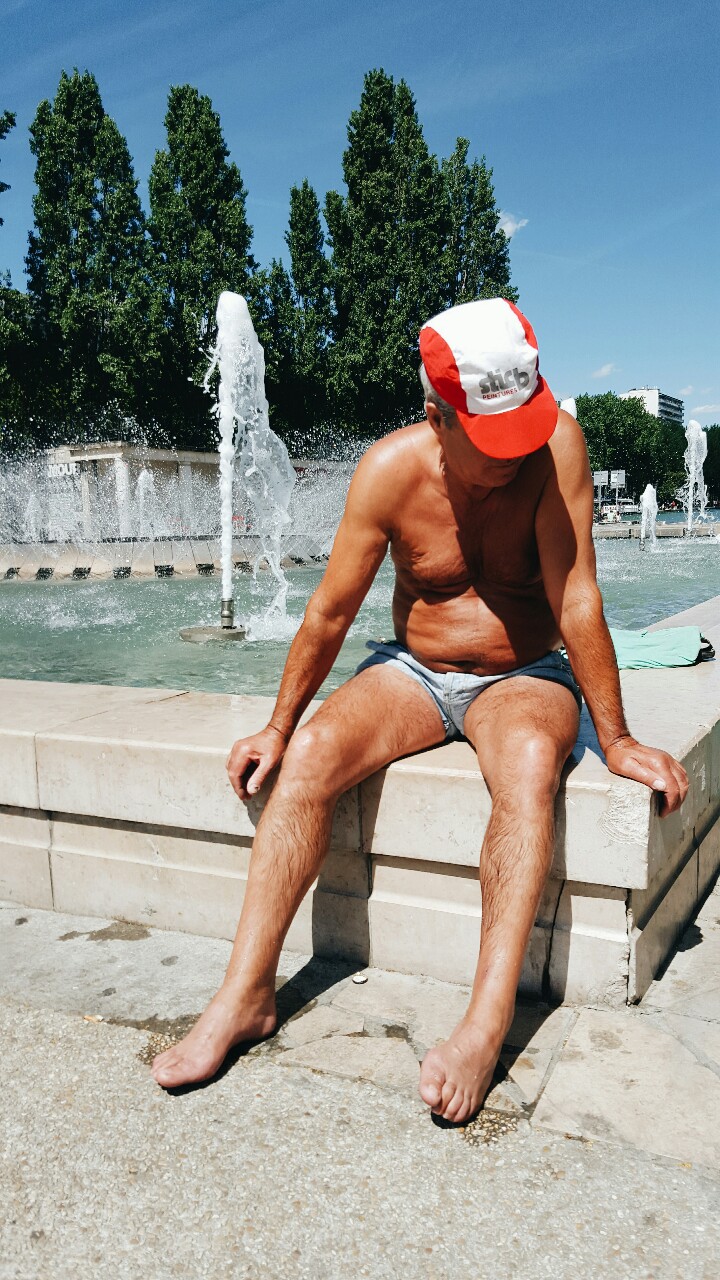
7 Benefits of Shooting Street Photography With a Smartphone
I’ve been shooting a lot of photos on my smartphone lately (Samsung Galaxy s6). It has been so much fun and I’ve enjoyed it so much, that I wanted to write an article about my personal experiences and thoughts about the benefits of shooting street photography (and any photos) on a smartphone. I often get…
-
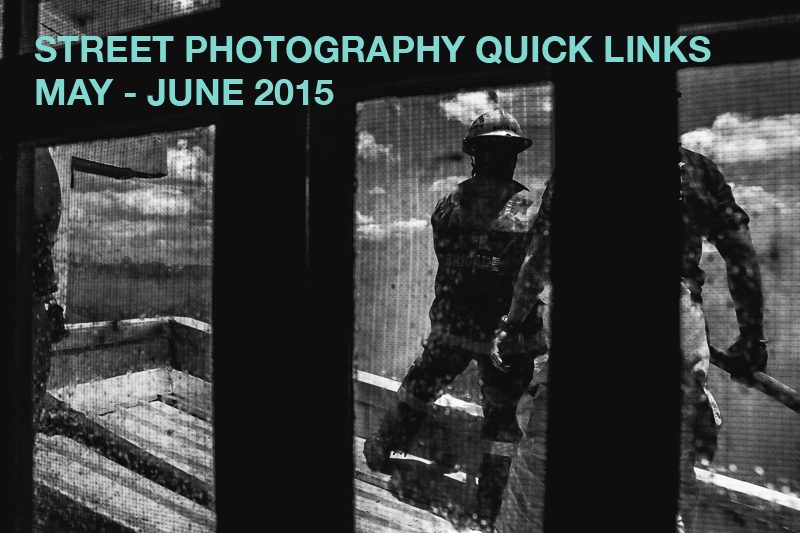
Street Photography Quick Links: May – June 2015
Sorry for missing an entire. It has been a fiery and explosive month for me here. (I even lagged behind my Streettogs Academy duties) but all is well right now. Here’s another round of links, reads, and finds for all of you to digest. Here you go:
-

Street Photography Shootout: iPhone vs Samsung Galaxy S6
Probably the most fun video I’ve done in a long time: a street photography “Shootout” with bigheadtaco in Vancouver. He used his iPhone 5s while I used my Galaxy S6. The point of the video was to show that smartphones are more than capable cameras for street photography, and often more fun, accessible, and easy.…
-
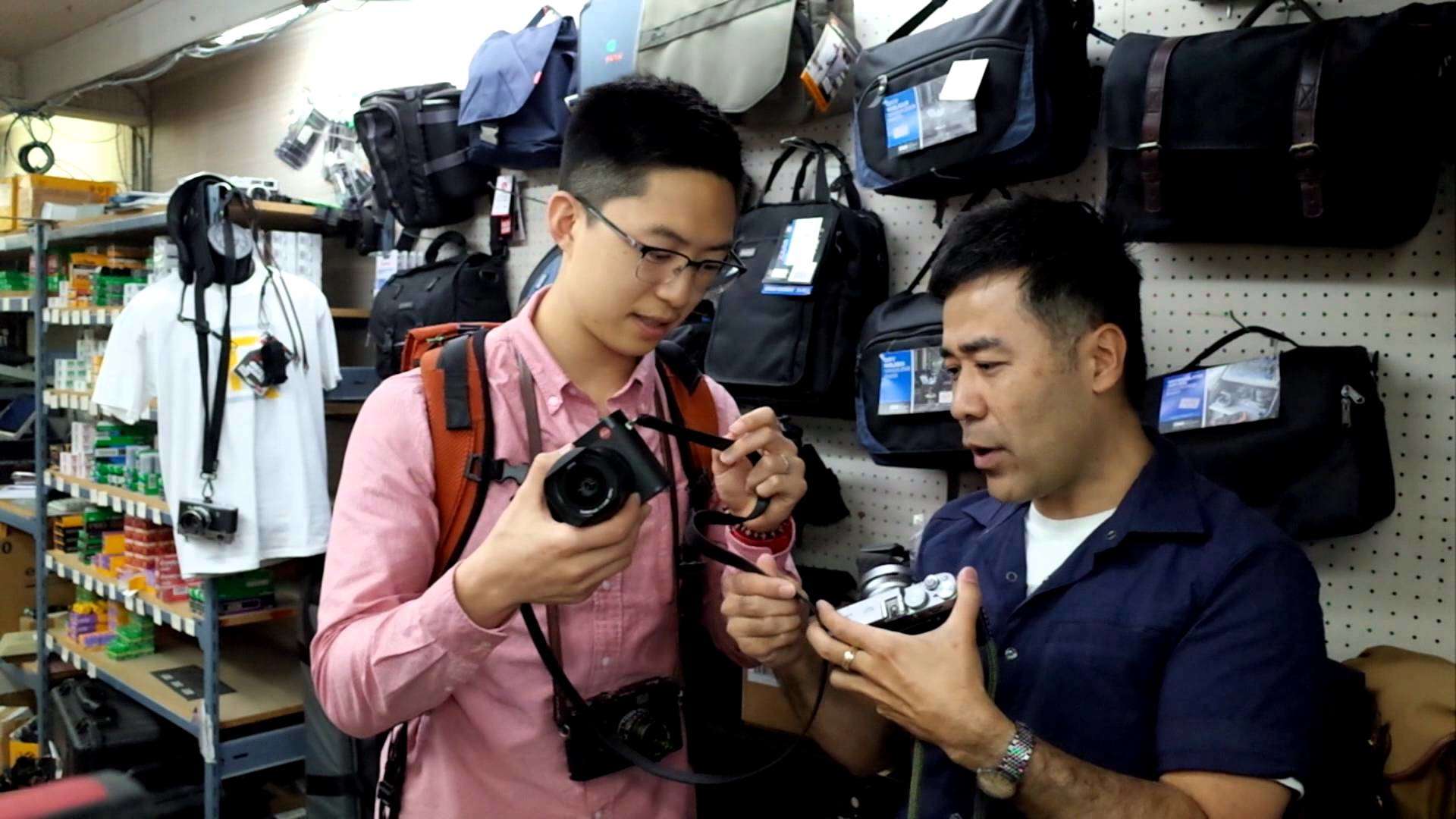
Fun Chat and Interview with bigheadtaco in Vancouver
Had a fun little interview and chat with bigheadtaco while I was in Vancouver. Hope you enjoy the video above, and make sure to also follow his YouTube channel!
-
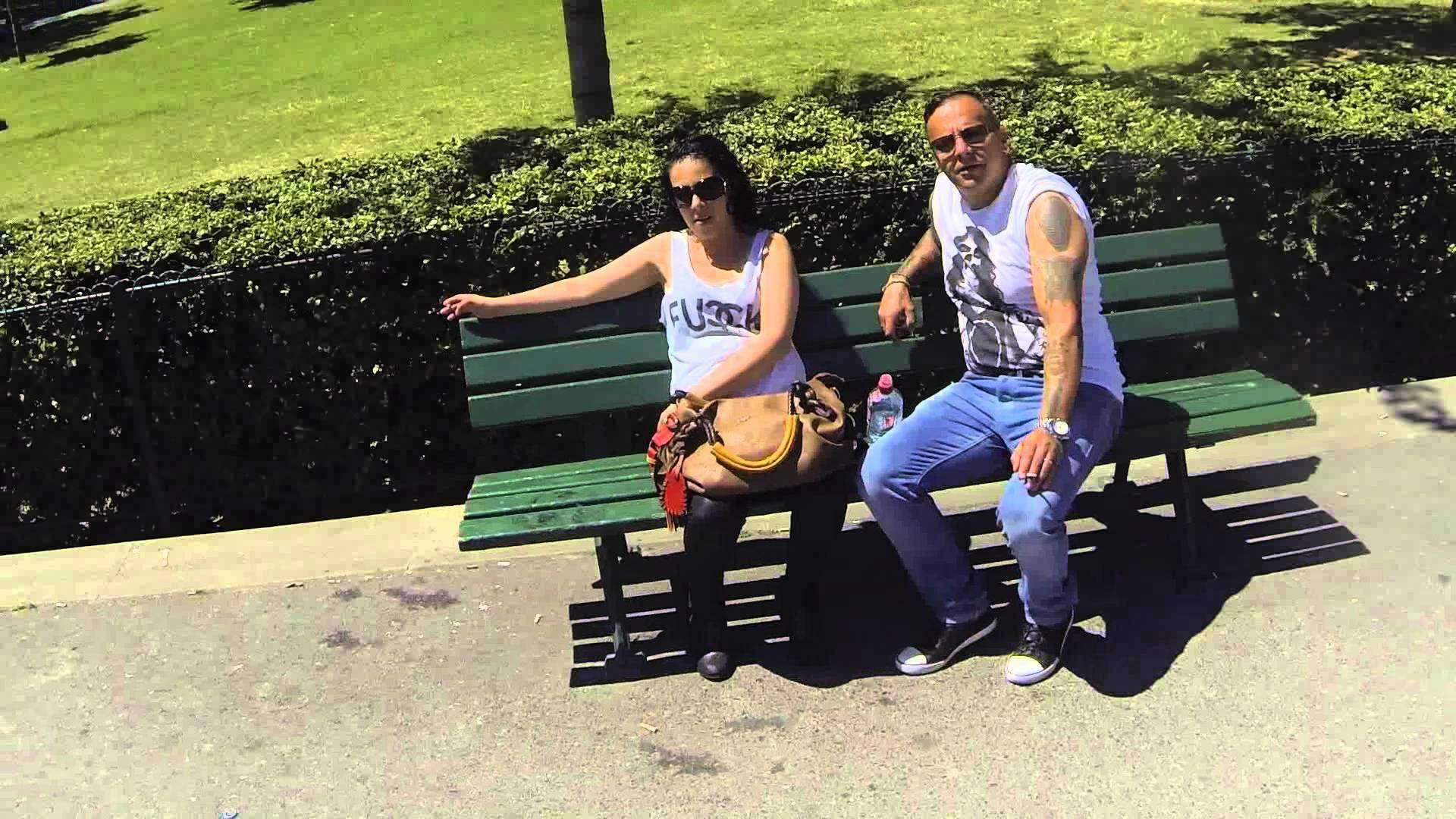
Paris GoPro Street Photography POV #4
Hey Streettogs, here is the last gopro video I got from Paris! I hope this gives you some ideas and insights on how I shoot street photography. My ultimate lesson in Paris (as well in every country), as long as you shoot with confidence, a smile, and without hesitating, you generally have no problems. I…
-

Try it Out For Yourself
Recently I got my laptop stolen in Paris from my backpack. It kinda sucked, but the “blessing in disguise” was that I was able to replace my (slightly) aging 11’’ Macbook air (2012 model). I started to consider a few options: the 13’’ Macbook Air, the 13’’ Macbook Pro, and the new Retina 12’’ Macbook.…
-
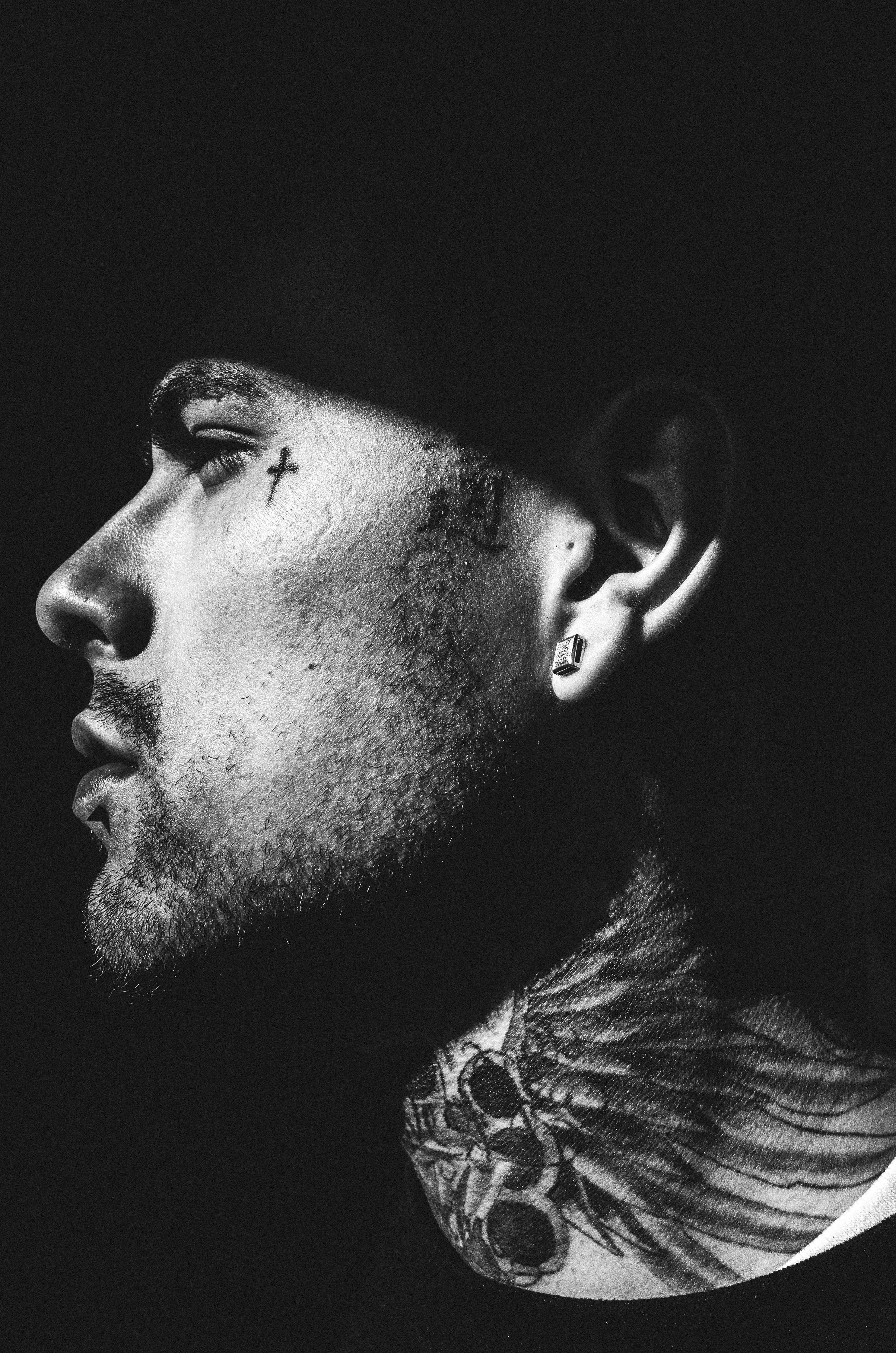
The Street Photography Composition Manual
Dear streettogs, you might have read it in my last update post from Paris, but I am excited to release my newest free (and “open source“) e-book: “The Street Photography Composition Manual.” The book is a distillation of all the lessons I have learned about composition and street photography, and I put it into a…
